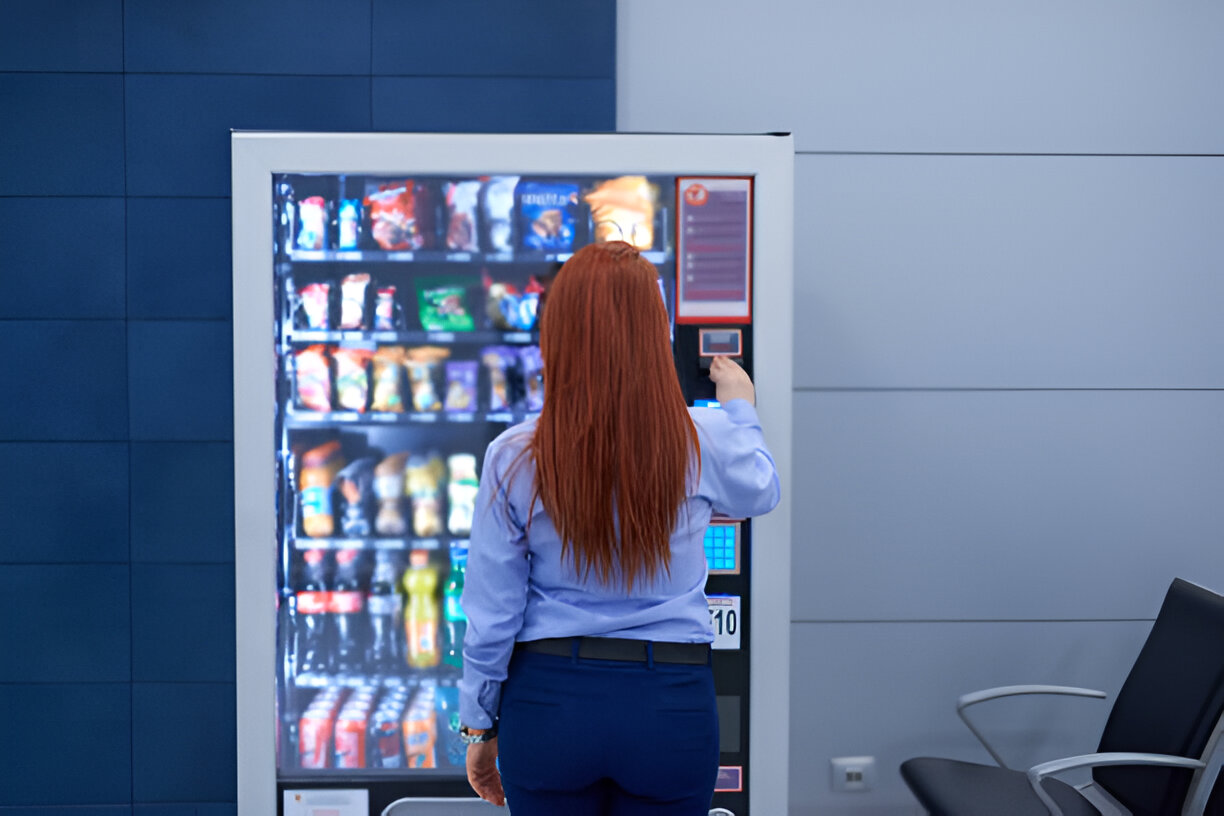Dropshipping isn’t dead. But it has evolved. Running a store means thinking like a strategist, not just a reseller. Below are seven current dropshipping trends in 2025. These are not guesses but shifts you’ll want to act on.
Generic stores won’t cut it anymore. Today’s winning dropshippers build niche brands — focused, memorable, and visually sharp. Instead of selling “tech gadgets,” they sell “minimalist workspace upgrades.” This shift brings design and storytelling to the front.
Need a creative boost? Try cooperating with a Shopify development agency in the US. Such teams help founders build custom storefronts with clear positioning, pro visuals, and smart UX. That edge turns casual scrollers into loyal buyers.
Smart move: Invest in a specific niche and custom store — don’t be replaceable.
Speed kills (or saves) your conversion rate. In 2025, customers expect Amazon-level delivery even from indie brands. That’s driving a boom in domestic warehousing and 3PL solutions.
The smart dropshipping trend is to use hybrid models. Core products are pre-stocked locally. Seasonal or experimental items stay on the traditional dropship. This combo reduces shipping times, cuts returns, and boosts reviews.
Key takeaway: Blend dropshipping with local stock to win both agility and trust.
Picking winners is easier when AI does the heavy lifting. Tools now scrape marketplaces, analyze sales trends, and spot rising demand before humans do.
That’s just step one. Founders use AI to write product descriptions, build landing pages, and even test bundles with predictive analytics. The result: faster time-to-market, fewer duds.
Tip: Treat AI like a fast, scalable research assistant that’s always learning.
One of the top dropshipping trends ever — personalization sells. Shoppers don’t just want products; they want relevance. That’s driving a surge in smart bundling and upsell logic.
With the right app stack, you can show custom bundles based on cart behavior. Offer “complete-the-look” discounts or create dynamic post-purchase flows. These tools work even without storing inventory.
Try this: Build a few micro-flows for your top product. Track how bundles lift AOV.
Sustainability isn’t just a trend but an expectation. More shoppers want to know what they’re buying, where it came from, how it impacts the planet, and more. Dropshipping used to struggle here; however, 2025 brings better tools and suppliers.
Transparent tracking, eco labels, and recycled packaging options are becoming more common. Even marketplaces like Syncee and Spocket now feature eco-friendly suppliers.
What to do: Prioritize suppliers that align with sustainable values and show that clearly.
Social media isn’t just traffic. It’s the storefront. TikTok Shop, Instagram Checkout, and YouTube Shopping are turning social feeds into full sales funnels. That changes how dropshippers operate.
Smart sellers build content-first stores. They integrate catalogs with Meta, Google, and TikTok. The purchase happens where the attention is; no extra clicks needed.
Pro tip: Focus on 1–2 channels. Nail your creative game. Sync your catalog natively.
Old dropshipping advice? Test dozens of suppliers. Latest dropshipping trend in 2025 — flip it. Now, it’s about working deeply with 2–3 reliable partners who offer flexible MOQ, branded packaging, and consistent comms.
Why? Faster resolution, better margins, stronger reviews. Platforms like DSers and Zendrop now focus more on curated supplier networks, not bulk access.
Your move: Audit your supplier list. Trim the weak links. Grow with the best few.
Dropshipping in 2025 is more polished, more demanding, and more brand-driven. Your tech stack, niche clarity, and partner quality will define success. Working with professional developers can help you go beyond a template and turn these trends into lasting results.




Want to add a comment?